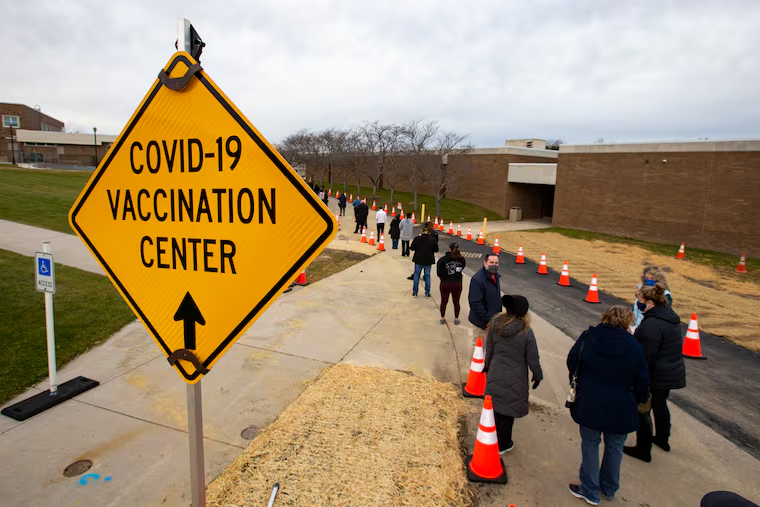Slow COVID-19 vaccination efforts need a booster shot | Editorial
President-elect Biden vows more focus on and funding for a nationwide vaccination program that states and cities have had few resources to ramp up to levels needed to end the pandemic.

President Donald Trump pretty much botched the job. But President-elect Joe Biden vows to unite the nation behind a focused plan to robustly fund — and finish — the fight against COVID-19. The $415 billion proposal he unveiled last week calls for vaccinating 100 million people during his first 100 days in office. He branded the federal effort so far as “a dismal failure.”
With the pandemic continuing to rage, and a more contagious variant turning up across the country, the sense of urgency is deepening. But the pace of administering vaccines during a nationwide rollout focused on first immunizing health-care professionals and nursing home residents has been far slower than the Trump administration’s rosy projections. It’s also too slow to achieve immunization levels needed for normal life to resume anytime soon. And reports of vaccines being tossed in the trash in New York state, or sitting unused in Pennsylvania and New Jersey, as The Inquirer reported, hardly help bolster public confidence.
» READ MORE: Criticizing the feds, Pa. and N.J. are opening vaccine sites, increasing shots, still waiting for more supply
The federal government’s Operation Warp Speed did help accelerate development of the vaccines. But Trump’s failure to provide clear guidance to states and cities led to doses becoming available before local distribution and inoculation systems were fully prepared. Cash-strapped state and local health departments in Pennsylvania, New Jersey, and Philadelphia have struggled to ramp up their capacity to get vaccine shots.
Last Friday, another potential setback was reported by the Washington Post, which revealed that when Trump’s Health and Human Services Secretary Alex Azar announced an imminent release of large quantities of vaccine held in reserve, that stockpile already had been depleted. While the source of the confusion or miscommunication is unclear, this sort of fundamental failure is infuriating. It may force state and local officials to rethink their strategies for expanding access to vaccination.
For example, New Jersey Gov. Phil Murphy announced this week that state residents 65 and over, or with high-risk conditions, would be eligible to make vaccination appointments with their health-care providers, or with ”mega-sites” being opened statewide. Philadelphia planned to expand vaccination eligibility to include people over 75 or with high-risk conditions. Now, all those plans are in limbo.
This HHS boondoggle will likely hamper efforts for local and state public health agencies, health-care institutions, and community partners to step up their game. A New York Times analysis finds Pennsylvania and New Jersey each have immunized only about 3% of their populations, putting them behind more than half the other states.
Encouragingly, Philadelphia, one of a number of large cities handling its own distribution, has been outperforming New York, Chicago, Los Angeles, and Houston, according to an Inquirer analysis.
For nearly a year, the prospect of a coronavirus vaccine has been the single ray of hope for those devastated by the pandemic’s destruction of lives, businesses, and livelihoods. Now that it’s here, the failure to deliver it to the majority of Americans quickly and efficiently has doubled down on this public health tragedy. Biden’s plan renews the hope that this nightmare may end soon.